South East Queensland has a plethora of camping options. Camping at national parks is the first pick for many visitors because of the proximity to hiking trails, swimming holes, and other outdoor activities. Now, grab your backpack and tent because this post has compiled a list of the top camping spots in the nature reserves in SEQ.
The post has mostly explored camping in a vehicle, but you will also learn about several boat camping ideas. Campsites that can only be reached by foot were included since they deserve their post. Even so, if these campsites are located near a hiking route, they may also be used by hikers.
Here you will find a variety of campsites in the region that are affiliated with national parks. You can find most campgrounds in National parks across Queensland for as little as USD 7 per person each night. You will get a few commercial campgrounds inside national parks that provide more amenities and services but at commercial fees (which naturally increase during the festivals).
On some islands, however, the indigenous tribes living there have been given responsibility for maintaining national parks and campsites; they do this in addition to caring for the land of which they are the traditional caretakers.
Several fantastic campsites that are part of national parks should be added to this list. These private campsites are often found in or near a state forest or a municipally operated park close to a national park.
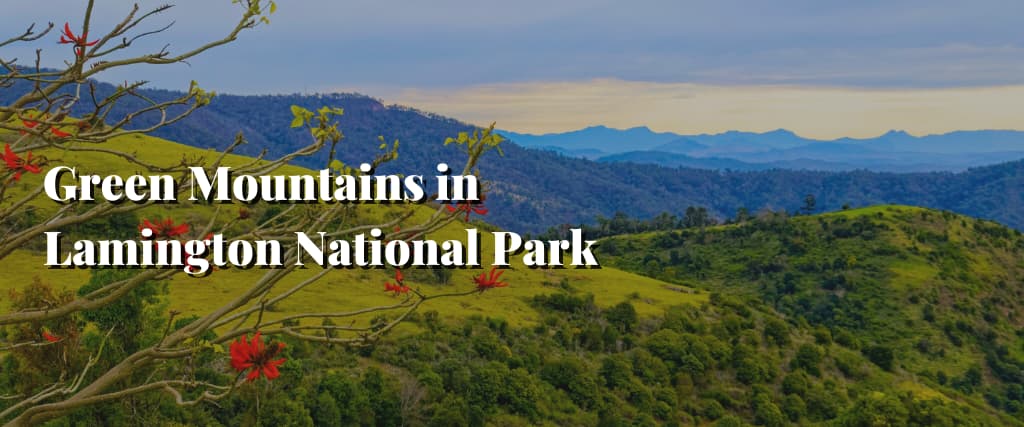
1. Green Mountains in Lamington National Park
The Green Mountains, in Lamington National Park, is your best bet if you’re looking for a family-friendly camping location. O’Reilly’s Rainforest Retreat is the proprietor of this newly renovated campsite. A central fire pit, designated camping areas, and glamping choices exist. Visitors are welcome to visit the adjacent café or store; the restaurant is open for takeout.
This location boasts many attractions like the Stinson replica, the aircraft that crashed in the region, earning O’Reilly’s iconic before it became a retreat), botanic gardens, Tree Top Walk, guided tours, bird feeding, and more.
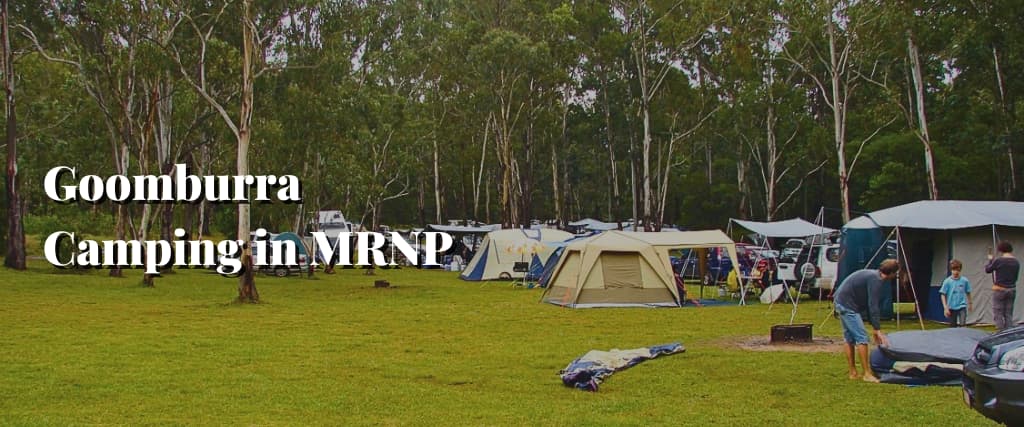
2. Goomburra Camping in MRNP
This site is a modest but excellent camping location with many different attractions. You may park your vehicle or campervan in one of two campsites, including spacious grassy areas, trees for shade, restrooms, and grills. Next to the campsites is Dalrymple Creek, which isn’t quite a swimming hole but offers sufficient water for summertime splashing fun for youngsters.
Furthermore, the neighbourhood is rife with opportunities for strolls. You’ll cross more creeks than you can count on the Goomburra Circuit and visit a beautiful swimming place under a waterfall. If you’re prepared for a longer hike, several trails in the vicinity will take you to spotters, another waterfall, and even a few that go straight into the rainforest.
Exploring the Goomburra region of Main Range National Park on foot via its verdant forests will be bliss.
3. Bunya Mountains National Park
The Bunya Mountains stand out for their beautiful spots. Three campsites are inside the national park, all linked by paved pathways. Different campgrounds provide various amenities. Dandabah, the settlement near the southern edge, has a fully-equipped campsite with free Internet.
Next to it are a variety of retail outlets, watering holes, and eating establishments. It’s also the most popular camping spot. Burton’s Well boasts vast grassy space and vistas down the mountains on the east, making it a favourite spot.
A designated camping area is distinct from the parking lot, but if you’re fortunate, you may pitch your tent directly next to your vehicle. Wescott, the smallest and least amenity-rich of the four campgrounds, features restrooms but no showers. Views are also within easy walking distance.
Although the Bunya Mountains are home to some of the top campsites in the region, the surrounding landscape could be more noteworthy. Many people even carry their camping gear on their backs and walk the distance between campsites to take advantage of the many treks and sights the area offers.
That’s all, save from a couple more hikes in the neighbourhood and a few tourist traps in town. Good for a quick getaway of one night or a weekend break with little else to do.
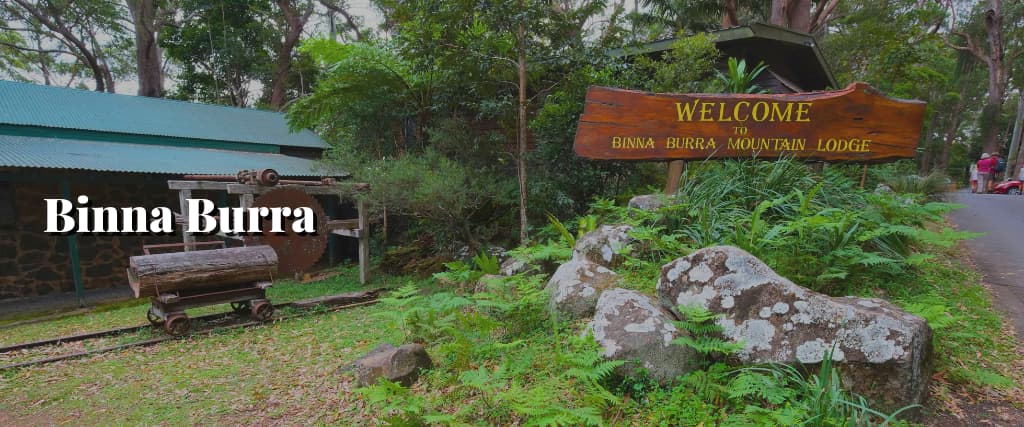
4. Binna Burra
Binna Burra Resort has consistently been a leader in the camping sector. Despite being a commercial operation, this campsite cuts since a national park encircle it entirely. It is home to a few powered campsites ideal for campervans, and the campground is stunning if you are okay with carrying your belongings from the parking lot to the campsite.
Campsite amenities include flush toilets, hot showers, a snack bar, and a store selling camping essentials.
Day hikes abound in the vicinity, from the short and easy Caves Circuit to the longer and more challenging Ships Stern Circuit (21 kilometres and Coomera Circuit (18 kilometres). Some trails, including Dave’s Creek Circuit and Lower Bellbird Track, span between 10 and 12 kilometres.
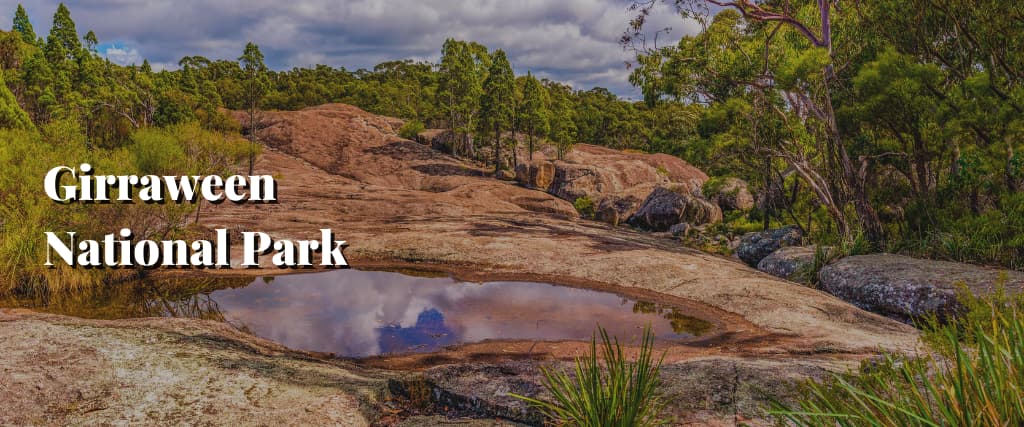
5. Girraween National Park
The Pyramid and other supporting rocks and arches make Girraween one of the most interesting places in SEQ. There is plenty of open space at the campgrounds, even grassy places if it has recently rained. Trailers and motor homes may park here, too. Restrooms, showers, picnic areas, and wood-fueled BBQ pits are all available. It’s also close to a swimming hole.
You will have a lot to discover in the region, and you may get there by strolling along the roads, scrambling up the rocks, or climbing numerous formations. While it may not be the most pleasant area to visit during the summer months due to the heat and dust, the Granite Belt is still well worth the journey and makes a fantastic home base for exploring the cities and attractions of the region.
6. Springbrook National Park
Springbrook Park is home to some of the region’s most accessible and breathtaking hikes, such as those along the cliff edges, up to Purlingbrook Falls’ lookout, and over the Natural Bridge. Furthermore, the Gold Coast Hinterland Great Walk begins in Warrie, where you may do the 17-kilometre-long Warrie Circuit.
Campers may park their cars, RVs, and trailers in the Settlement Campgrounds. Facilities include restrooms, picnic tables, grills, and sometimes even covered picnic areas. The hike to Purlingbrook Falls is easily accessible from the campsites. In addition to the gallery and fudge store, there are a few eateries in the immediate vicinity. To spend a weekend in Springbrook is to spend time exploring a region well worth your time.
7. Cooloola Recreation
K’gari (Fraser) islands and the Cooloola Recreational park form the bulk of the Great Sandy National Facility’s divisions. Most campgrounds are only accessible by four-wheel drive vehicles; however, they all have prime beach access. The spot is heaven for those who drive SUVs.
Harry’s Cottage is a four-wheel truck (canoe, kayak, or boat) accessible camping location on the Noosa River, perfect for those more engaged in the freshwater regions. A commercial campsite on Lake Cootharaba, Habitat Noosa, is a good option for anyone without a four-wheel drive vehicle. Campsites are available specifically for those who arrive by water.
8. Bribie Island Recreation Area
Being the nearest national park island to Brisbane, Bribie Island is a popular day trip. But you’ll need a boat or four-wheel vehicle to get to the national park region of the island. Similarly, the campsites in national parks are free and open to the public. The area is a paradise for four-wheel drivers, with lengthy sandy trails, beach access, and camping spots directly on the sand.
In contrast to the absence of showers at Gallagher Point, most facilities include flush toilets, hot water, BBQ grills, and picnic areas. Missionary Point Campgrounds are accessible only by boat and located on the island’s western side, near Pumicestone Passage. Remember the sandfly repellent wherever you go camping.
The beach and unwinding are the primary draws. Woorim Beach is home to several World War II bunkers that have begun to crumble into the sand, frequently at obtuse angles. The Island’s real attractions are concentrated outside of the national park. This contains watering holes, eateries, beaches great for swimming and strolling, and places to rent watercraft like kayaks and boats.
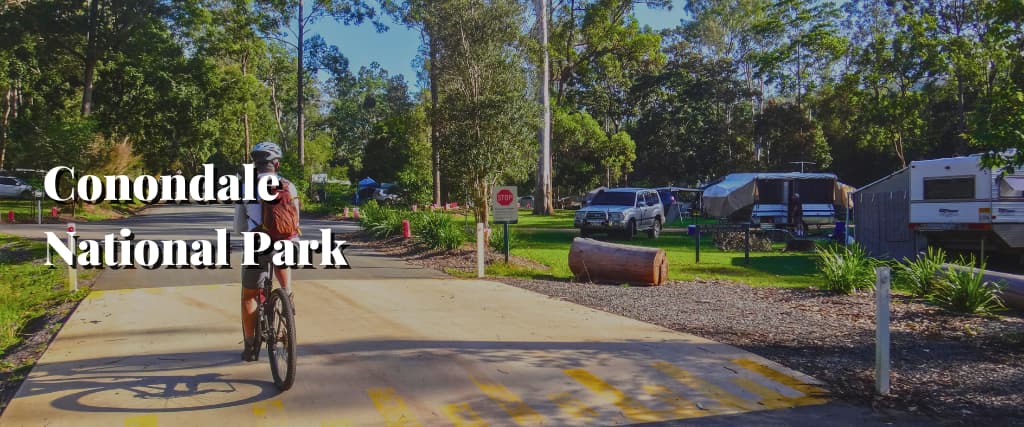
9. Conondale National Park
There are three Booloumba Creek Parks (1, 3, and 4) near one another in the scenic Conondale region of the rainforest. They were initially four in total before number 2 was closed. There are grassy spaces with campfires at each campsite. In addition, they are situated next to a stream that is suitable for wading but not swimming.
Nevertheless, this stream presents difficulties while travelling to the campsites since it must be crossed to the first two sites and again on the way to the third and final campsite. A rising four-wheel drive is recommended for crossing the waterways.
Nevertheless, with an excellent four-wheel drive vehicle, the boulders in the stream might move after a rainstorm, making your escape possible. If you leave your car near the park’s entrance and walk in, you’ll still have to go around 1.5 kilometres. Hiking in this is OK, but lugging your tent and other camping gear is not.
There are several excellent trails in the neighbourhood. Hike the 5.5 km to the Painters Cascades, or go even farther to Booloumba Falls for a swim that’s worth it. You may take short hikes to the abandoned Gold Mine, an art installation called Strangler Cairn in the heart of a forest, or Mount Allan.
There is little to see on the Conondale Great Walk beyond the above locations, so pack if you plan to walk for days.
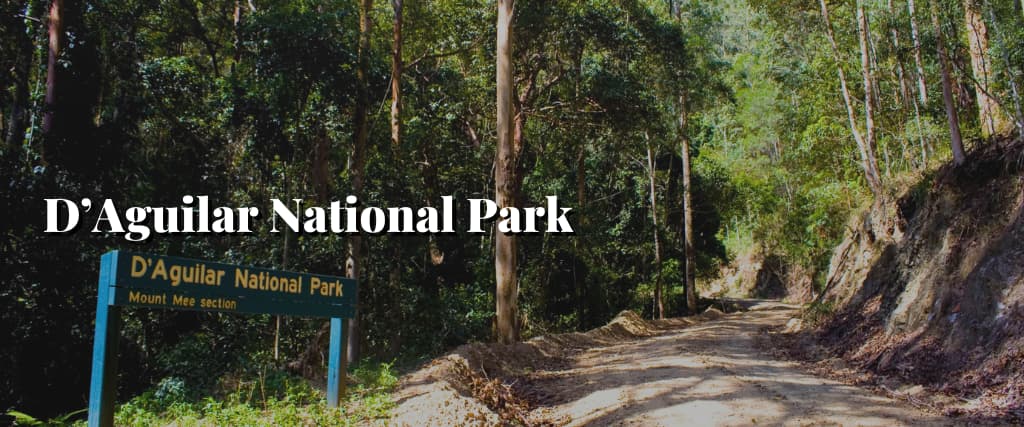
10. D’Aguilar National Park
North D’Aguilar Park is your best bet for hiking in a national park near Brisbane. Neurum Creek and Archer campground spots are the two most popular places to pitch a tent in Mount Mee. Fire rings, restrooms, and access to water are standard at both locations. Many short hikes, a picturesque drive, and the Gantry Day Use Park are all available in this region. If you want to spend the weekend there, you can.
South D’Aguilar Park indeed has more options for camping, but those sites are only accessible by foot; thus, they weren’t included here. Nonetheless, North D’Aguilar is a popular destination for summer camping trips. Sites on the Sunshine Coast and within the outback are also relatively easy to reach by driving.
11. K’gari Recreation Area
K’gari, also known as Fraser Island, is a stunning natural wonder known worldwide for its beaches, forests, and lakes. A boat ride to the island and a four-wheel drive vehicle is necessary to explore the area. The K’gari Great Walk crowd uses a four-wheel drive cab service, but you may also use this to get yourself and your belongings to a campsite. You could easily spend a few days here with so many sights to see.
If you’re not on an excursion, a four-wheel truck is the best way to view the island’s many attractions. Isolated beach camp locations require you to bring everything and watch for dingoes, whereas fenced-in areas provide plenty of services (and hot baths).
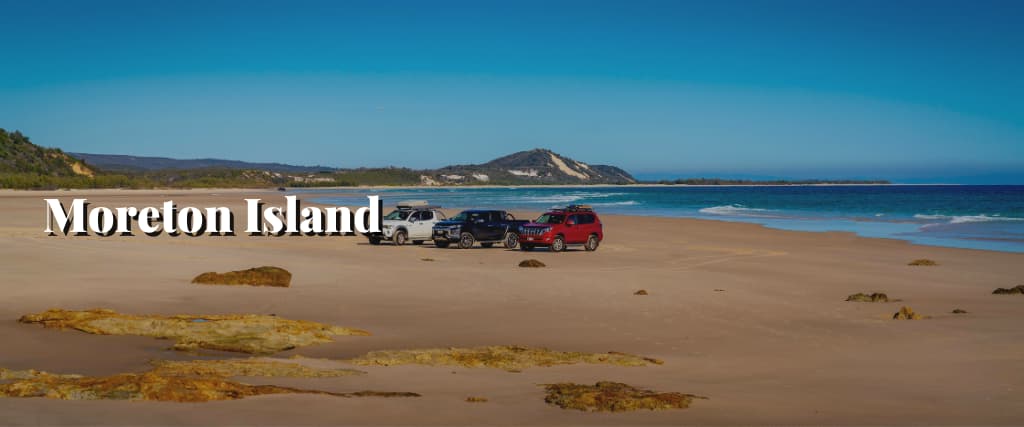
12. Moreton Island
Gheebulum Kunungai, also known as Moreton Island, is a wonderful island in Moreton Bay, although its inaccessibility and expense affect its ranking. You’ll need either access to a boat or a ferry to reach your destination. It’ll cost you over $50 one way for each traveller in a four-wheel truck. You can only get about the island by taking a tour or renting a four-wheel drive vehicle once you are there.
It is easy to stroll around the island to reach numerous campers, and there is a camp where the boat drops off its passengers. Although the Moreton Island Cab service can accommodate up to six people and their belongings, most campers get about by renting a four-wheel drive vehicle.
The island has several attractions that make it well worth the trip. Wrecks on the west coast have been sunk to create artificial reefs, which are teeming with marine life. The ancient lighthouse and the renowned bathing spot Champagne Rock Pool are on the island’s northeast corner. The Blue Lagoon is a natural freshwater lagoon that is also an option.
Sites in many campsites are sandy, but some, like the North East Campsite, have grass. Just basic amenities such as potable water, flush toilets, and sometimes showers are provided at these campsites. Bulwer and Kooringal both have their store and café. If you have a four-wheel car, you may avoid the crowds by camping at a more remote beach; however, you’ll need to carry everything you need, including a loo.
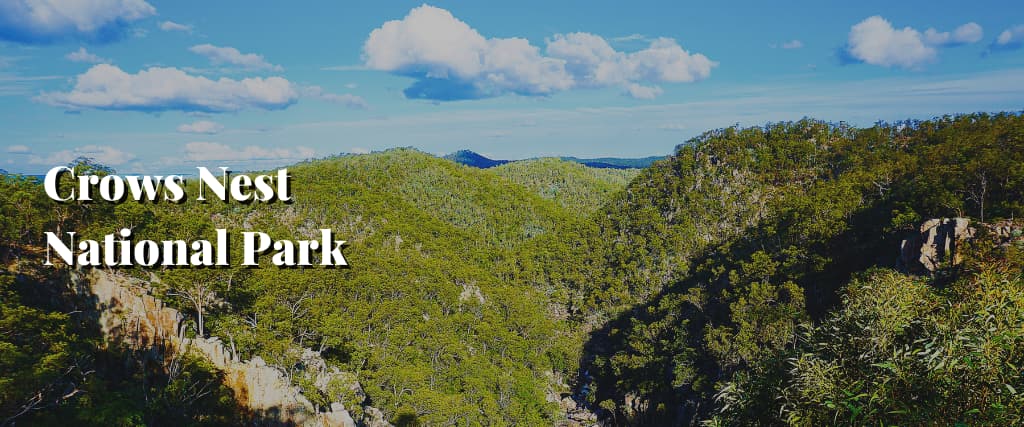
13. Crows Nest National Park
Enjoy a night beneath the stars in a campsite outfitted with flush bathrooms, hot showers, picnic tables, and grills; because of its small number of trails, Crows Nest National Park is frequently overlooked. Nonetheless, hikers flock there for the chance to explore the valley off the beaten path on the Valley of Diamonds Trek.
Mapleton National Park
The Gheerulla Valley has three camping locations in this region; however, two are reserved for hikers on the Sunshine Coast, leaving just the Gheerulla Camping Area, a tiny campground in the valley.
You’ll need a four-wheel ride to access this location unless you prefer to hike a short distance off the road. Another option is the Thilba Thalba hikers’ camp high on the ridge. Automobile campers have at least a 200-meter walk to the campground.
Hiking is the most popular sport in this region. The Gheerulla Valley Circuit is a 21-kilometre hike connecting to the Great Walk. Other options include retracing your steps along the stream or ascending the slope above the valley. It is close to Mapleton and other nearby communities like Kenilworth.
14. Spicers Gap camping
In the past, the governor of Qld often used this passage via Spicers Gap to go to regions of the Great Dividing Range. The once-popular route west is now less usable since Cunninghams Gap is the major route. Several of the local trails go directly into the Mount Mathieson Loop. See some history, take in the scenery, and visit Governors Lookout on this hike. Or, you may just drive to the viewpoint.
There is only a need to camp here if you want to stay the night before or following a tedious day hike. You must drive in and back out; there is no transit option between here and elsewhere. Yet, there is grass and plenty of trees in the campground. Well worth it if you need a camping spot with less nighttime activity.
15. Teerk Roo Ra Park
Peel Island s the ideal destination for travellers who enjoy spending the night on an island, only accessible by boat or kayak if they’re feeling adventurous. There are few activities on the island but swimming, chilling, sailing, or fishing in the region.
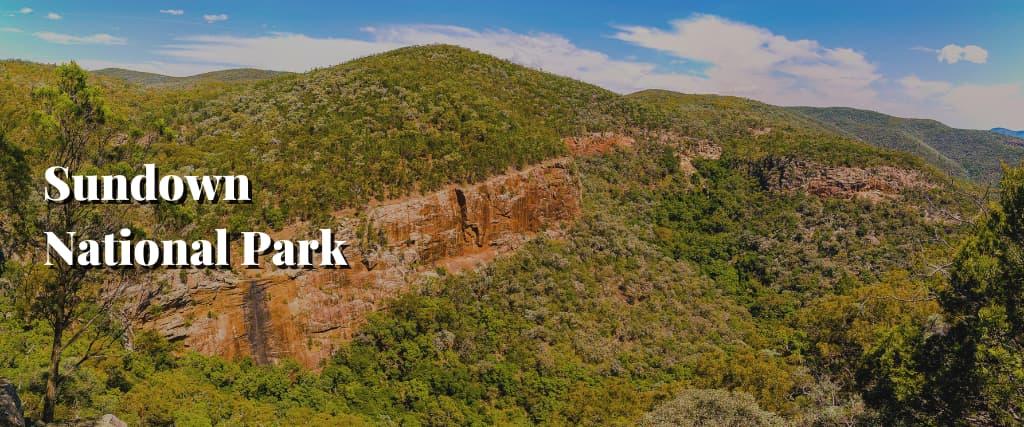
16. Sundown National Park
Sunset National Park, located in the southwestern corner of New South Wales, is often overlooked by tourists. Despite its image as a four-wheel-truck-only place, the Broadwater Campsite is accessible by regular cars and includes amenities including flush toilets, showers, and grills.
You may go surfing or kayaking often since you are on the Severn River. River fishing is allowed as well. The Broadwater is the starting point for a short walking track and a network of more challenging and frequently unmarked trails.
Campsites are plentiful for individuals with a four-wheel vehicle. Typically, you’ll only find restrooms, but you’ll be out in the wilderness, maybe by a brook, away from the madding crowd. The Red Rock Gorge Campsite, located, as the name implies, near the breathtaking Red Rock Gorge and fall, is among the finest.
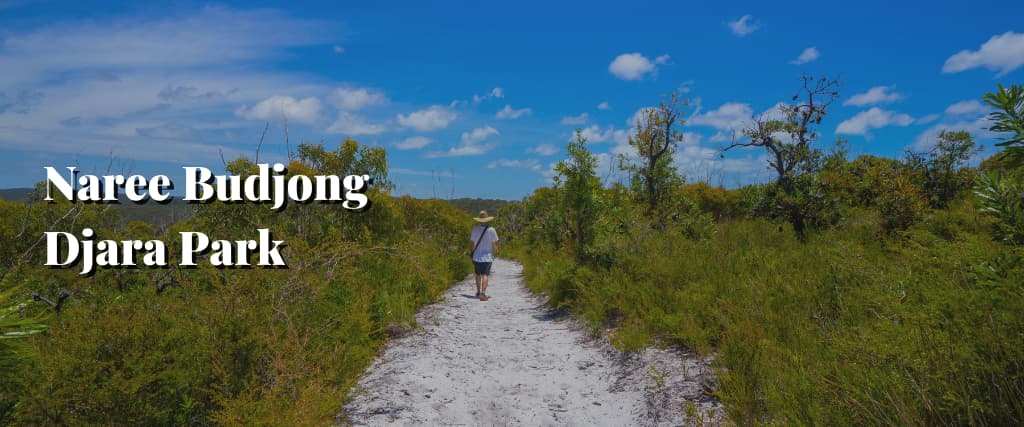
17. Naree Budjong Djara Park
North Stradbroke Island, Minjerribah, is a small island within a few minutes of a boat journey from the mainland. Day-trippers and hikers looking for peace often visit this beautiful island. In recent years, the Quandamooka original inhabitants have taken over the management of the nature reserve and government-run campsites.
The reserve on the island has been named Naree Budjong Djara Park. If you have a four-wheel vehicle, you may set up a tent at Flinders Beach or Main Beach in the park. Camping options at Amity Point, Dunwich, and Point Lookout are accessible without a four-wheel drive vehicle. These are not technically inside the national park’s boundaries, but they’ve included them since they are all managed by the same agency.
Visitors to Flinders Beach and Main Beach often look for a secluded spot where they may bring their food and supplies and spend the day unwinding. There are stores and eateries within walking distance of the other campgrounds.
The reefs wave at Cylinder Beach makes it a fantastic spot for surfers, and the beach’s protective reef makes it a popular spot for campers. In addition to its many beaches, art galleries, historical sites, and two lakes, the island also has several high-quality dining options.
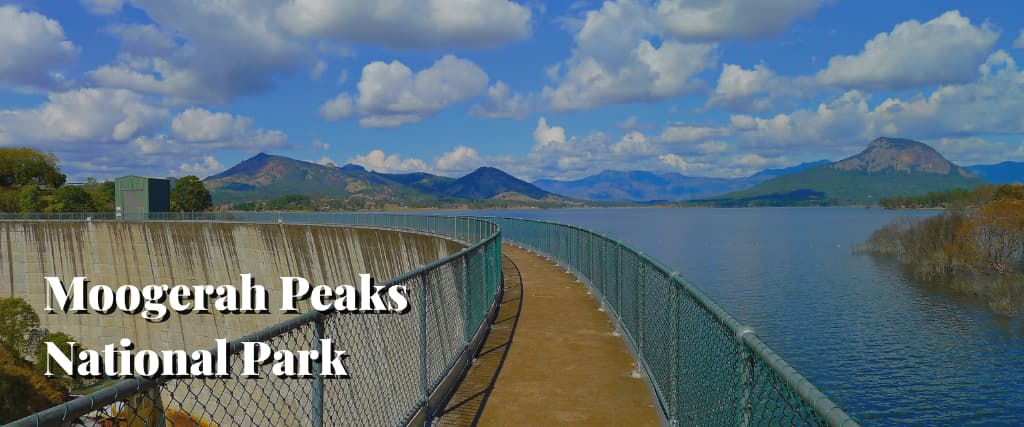
17. Moogerah Peaks National Park
Moogerah Peaks Nature Reserve is unique in that its four peaks—Mount Greville, Mount Edwards, Mount Moon, and Mount French—are separated into separate parks and reserves near Lake Moogerah. The Campground on the lake is the first place that comes to mind when people think about camping. However, the beautiful lake does not qualify since it is not inside a national park. Instead, Mount French has two separate campgrounds.
Vehicles and campervans are welcome in the larger Mount French camp location, whereas at the Frog Buttress campsite, you’ll need to carry your luggage the last 100 meters. You’ll have to go a little distance for both campgrounds to reach the ablutions, picnic areas, and grills.
The lake is beautiful, and there are hikes to the French and Edwards mountains and Greville, which is a little farther out. A café may be found along the water, while the surrounding village of Aratula has stores and a tavern. On the other hand, it’s not exactly a prime spot.
In conclusion
South East Queensland has a lot of natural beauty and beautiful landscapes that are best seen by camping at one of the national park campgrounds. Each place to camp has something different to offer, from the lush rainforests of Lamington National Park to the clear waters of Bribie Island.
The national park campgrounds in South East Queensland are a great place to go if you want to get away from the noise and chaos of the city or go on an exciting trip with friends and family. They give you a chance to get back to nature, relax, and make memories that will last a lifetime.
But it’s important to remember to camp in a responsible way, which means leaving no trace, respecting wildlife and their homes, and following all park rules.
